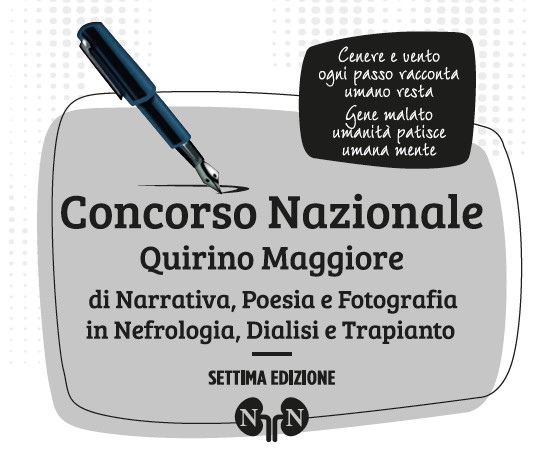Silver dressing in cutaneous emergency management
DOI:
https://doi.org/10.33393/gcnd.2021.2296Keywords:
Exit-site, Infection, Prevention, SilverAbstract
Introduction: Exit-site (ES) and tunnel infections are the main infectious complication in peritoneal dialysis (PD); they also are risk factors for the development of peritonitis, for catheter removal and for dialysis drop-out.
Up to now, besides the recommendations of the Guidelines there is no uniformity, nor on the classification, nor on the treatment strategies of the infected ES.
Recent experiences are reported with alternative types of dressings that aim to reduce the incidence of ES infection and consequently of the subcutaneous tunnel.
Methods: The Tuscan group conducted a retrospective observational study of 10 patients on PD who, showing signs of a suspected but not ascertained infection (negative microbiological culture), such as redness, edema, secretion, scab, had been medicated with silver-ions releasing Exit-Pad Ag. The aim was to evaluate and classify the evolution of ES lesions, in order to confirm the preventive efficacy of the silver-ions releasing dressing compared to the traditional ones.
Results: After 4 weeks of treatment with Exit Pad Ag maintained in situ for 72 h, 6 patients no longer had any signs of inflammation. In 2 cases, several weeks of treatment were necessary to achieve a complete recovery, while in 2 other cases the signs of inflammation became negative in less time (2 weeks, 1 week).
Conclusions: With the utilization of an alternative dressing such as Exit-Pad Ag on PD patients showing early signs of inflammation, the onset of a true infection can be prevented, with a progressive improvement of the ES.
References
- De Vecchi AF. Le infezioni dell’exit-site in dialisi peritoneale De Vecchi. Giornale Italiano di Nefrologia; 2004 (21): 519-530. Online http://www.nephromeet.com/web/eventi/GIN/dl/storico/2004/gin_6_2004/519-DeVecchi-530.pdf (Data di accesso Luglio 2021)
- Cancarini G, De Vecchi A. Diagnosi e cura dell'infezione dell'emergenza del catetere nei Centri del Gruppo Cooperativo: impressioni ed esperienze. In: Manuale di Dialisi Peritoneale. Milano: Wichtig Editore 1993: 156-69.
- epic3: national evidence-based guidelines for preventing healthcare-associated infections in NHS hospitals in England. Lovedaya HP, Wilson JA, Pratt RJ et al. J Hospital Infect. 2014; (86) Suppl. 1: S1-70. https://doi.org/10.1016/S0195-6701(13)60012-2 PMID: 24330862 DOI: https://doi.org/10.1016/S0195-6701(13)60012-2
- Prowant BF, Warady BA, Nolph KD. Peritoneal dialysis catheter exit-site care: results of an international survey. Perit Dial Int. 1993;13(2):149-154. https://doi.org/10.1177/089686089301300214 PMID:8494937 DOI: https://doi.org/10.1177/089686089301300214
- Piraino B, Bailie GR, Bernardini J, et al; ISPD Ad Hoc Advisory Committee. Peritoneal dialysis-related infections recommendations: 2005 update. Perit Dial Int. 2005;25(2):107-131. https://doi.org/10.1177/089686080502500203 PMID:15796137 DOI: https://doi.org/10.1177/089686080502500203












